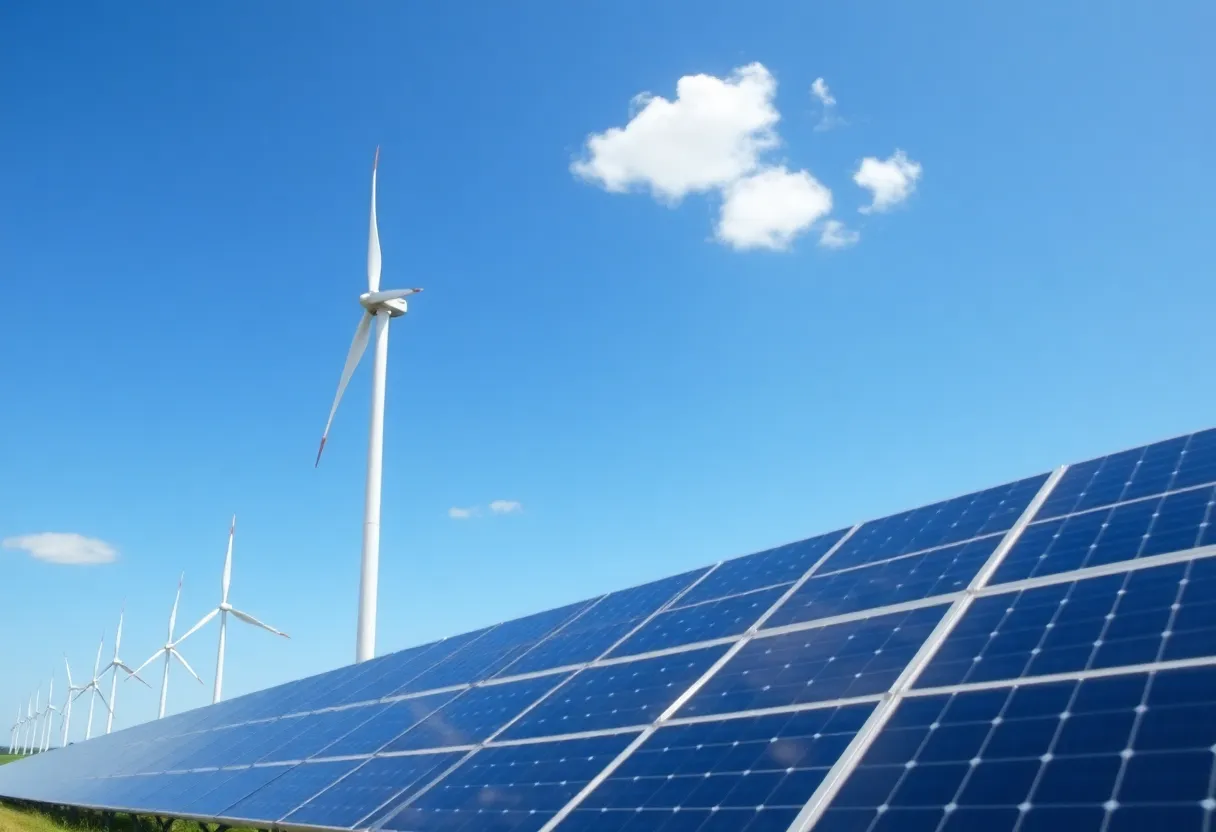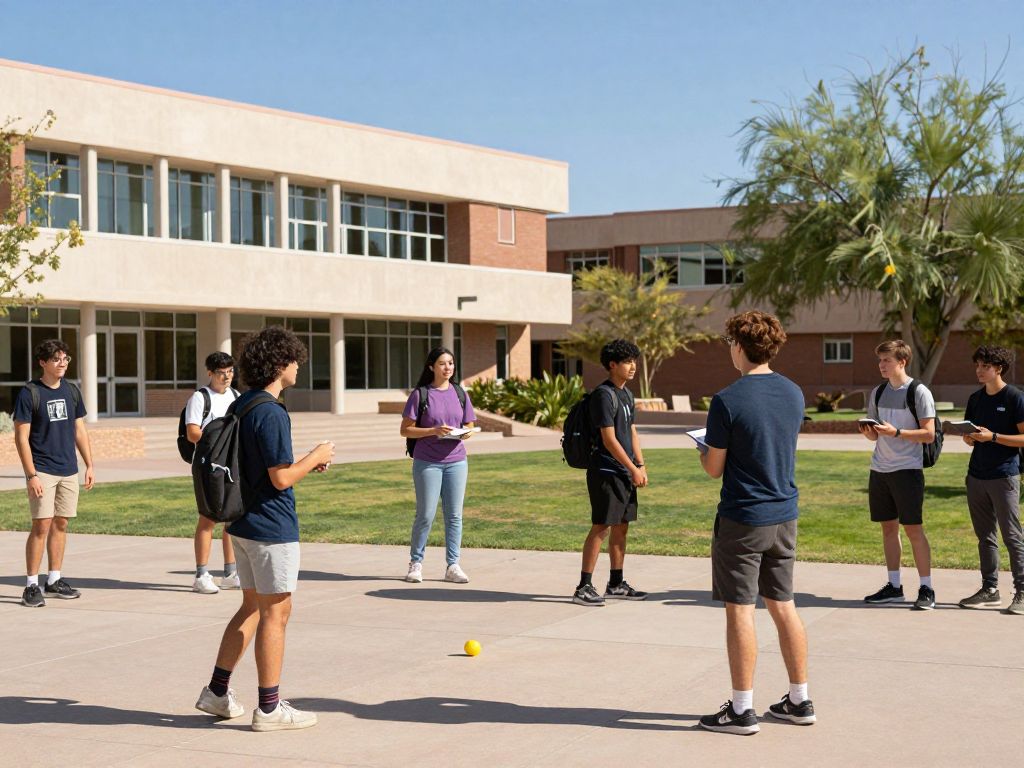Washington, D.C., August 19, 2025
News Summary
The IRS has introduced new regulations regarding the ‘beginning of construction’ criteria for wind and solar facilities, impacting developers seeking tax credits. Notice 2025-42 shifts focus to stricter adherence to physical work requirements, particularly affecting large projects. Smaller solar projects with a capacity of 1.5 MW or less can still benefit from some safe harbor provisions. This move aligns with a broader effort to eliminate subsidies for energy projects controlled by foreign entities, with an urgent deadline for compliance set for September 2, 2025.
Washington, D.C. — On August 15, 2025, the Internal Revenue Service (IRS) issued Notice 2025-42, establishing tighter regulations regarding the “beginning of construction” criteria for wind and solar facilities under Sections 45Y and 48E of the Internal Revenue Code. This newly released guidance is part of a broader effort introduced by Executive Order 14315, issued on July 7, 2025, which aims to cut subsidies for energy sources controlled by foreign entities.
The new IRS notice is set to take effect for any projects that do not initiate construction according to previous guidelines by September 2, 2025. The notice retains much of the existing Physical Work Test framework, but introduces significant changes regarding the application of the five percent safe harbor rule, specifically targeting small solar projects with a capacity of 1.5 megawatts (MW) or smaller.
Under the updated guidelines, large wind and solar projects will no longer benefit from the five percent safe harbor, which signifies that these larger initiatives must now meet the Physical Work Test criteria. Developers planning to utilize the five percent safe harbor extension for larger projects must have already begun development according to earlier regulations before the September deadline.
Physical Work Test and Continuity Requirement
The Physical Work Test permits a variety of physical activities to occur either on-site or off-site, with specific tasks outlined for both wind and solar developments. Examples of acceptable physical work for wind facilities include excavation of turbine foundations and pouring concrete for pads, while solar projects can comprise assembling supporting structures to hold solar panels.
In addition to the stringent new guidelines, the continuity requirement remains the same. This stipulation requires projects to be operational by December 31 of the calendar year that falls four years following the start of construction.
Future Guidance and Other Regulations
While the notice clarifies many aspects regarding eligibility for the Section 45Y clean electricity production credit and the Section 48E clean electricity investment credit, it does not address the timeline for the application of the beginning of construction standard as it relates to the Foreign Entities of Concern (FEOC) framework. This suggests that further guidance from the IRS is forthcoming in the future.
Further constraints are placed under the One Big Beautiful Bill Act (OBBBA), which mandates that wind and solar facilities must either begin construction by July 5, 2026, or be operational by December 31, 2027, to take advantage of available tax credits. This adds another layer of urgency for developers working on larger projects.
The IRS has previously addressed the beginning of construction standards in earlier guidance issued under Notice 2013-29 and Notice 2018-59. The newly released Notice 2025-42 marks significant changes intended to enforce stricter regulations and clarity about tax credit eligibility moving forward.
Conclusion
The IRS’s Notice 2025-42 aims to reshape the landscape for wind and solar energy projects by tightening the initial construction regulations and transitioning eligibility guidelines for government incentives. Developers need to be aware of these changes and adjust their plans accordingly to ensure compliance with the updated rules in order to qualify for substantial tax credits.
FAQ
What is Notice 2025-42?
Notice 2025-42 is a guideline issued by the IRS detailing the new “beginning of construction” requirements for wind and solar facilities, effective for projects that do not start construction under previous guidance before September 2, 2025.
What is the Physical Work Test?
The Physical Work Test allows developers to perform various significant physical activities onsite or offsite to qualify for tax credits.
How does the new rule affect small solar projects?
The five percent safe harbor is now only applicable to small solar projects with a capacity of 1.5 MW or less, making it easier for these smaller facilities to qualify for credits.
What happens to larger projects?
Larger wind and solar facilities can no longer rely on the five percent safe harbor and must fully adhere to the Physical Work Test or fulfill previous construction criteria before the September 2, 2025 deadline.
What is the timeline for starting construction or being operational as per the OBBBA?
According to the OBBBA, construction must be initiated before July 5, 2026, or the project must be operational by December 31, 2027, to qualify for tax credits.
Key Features
| Feature | Description |
|---|---|
| Notice Date | August 15, 2025 |
| New Guidelines Effectivity | For projects starting post-September 2, 2025 |
| Five Percent Safe Harbor Applicability | Only for small solar projects ≤ 1.5 MW |
| Large Project Requirement | Must adhere to the Physical Work Test |
| Continuity Requirement | Operational by December 31, four years after construction starts |
| Related Legislation | One Big Beautiful Bill Act (OBBBA) |
Deeper Dive: News & Info About This Topic
HERE Resources
IRS Tightens Tax Credit Rules for Wind and Solar Facilities
Vietnam Raises GDP Growth Target to 8% by 2025
Additional Resources
- OurQuadCities: IRS to Keep Wind, Solar Companies from Tax Breaks
- RTO Insider: IRS Guidance on Wind and Solar Credits
- New York Times: IRS Wind, Solar Tax Credits
- PwC: IRS Sheds Light on Construction Rules for Wind and Solar Credits
- Wikipedia: Renewable Energy in the United States
Author: STAFF HERE PHOENIX WRITER
The PHOENIX STAFF WRITER represents the experienced team at HEREPhoenix.com, your go-to source for actionable local news and information in Phoenix, Maricopa County, and beyond. Specializing in "news you can use," we cover essential topics like product reviews for personal and business needs, local business directories, politics, real estate trends, neighborhood insights, and state news affecting the area—with deep expertise drawn from years of dedicated reporting and strong community input, including local press releases and business updates. We deliver top reporting on high-value events such as the Waste Management Phoenix Open, Cactus League Spring Training, and Arizona State Fair. Our coverage extends to key organizations like the Greater Phoenix Chamber of Commerce and Visit Phoenix, plus leading businesses in technology and healthcare that power the local economy such as Intel and Banner Health. As part of the broader HERE network, including HERETucson.com, we provide comprehensive, credible insights into Arizona's dynamic landscape.





